Articles Bones
Bones come in all different shapes and sizes. The smallest bone in the human body is in the inner ear at only 3 x 3 mm, and the largest bone is the thigh bone.
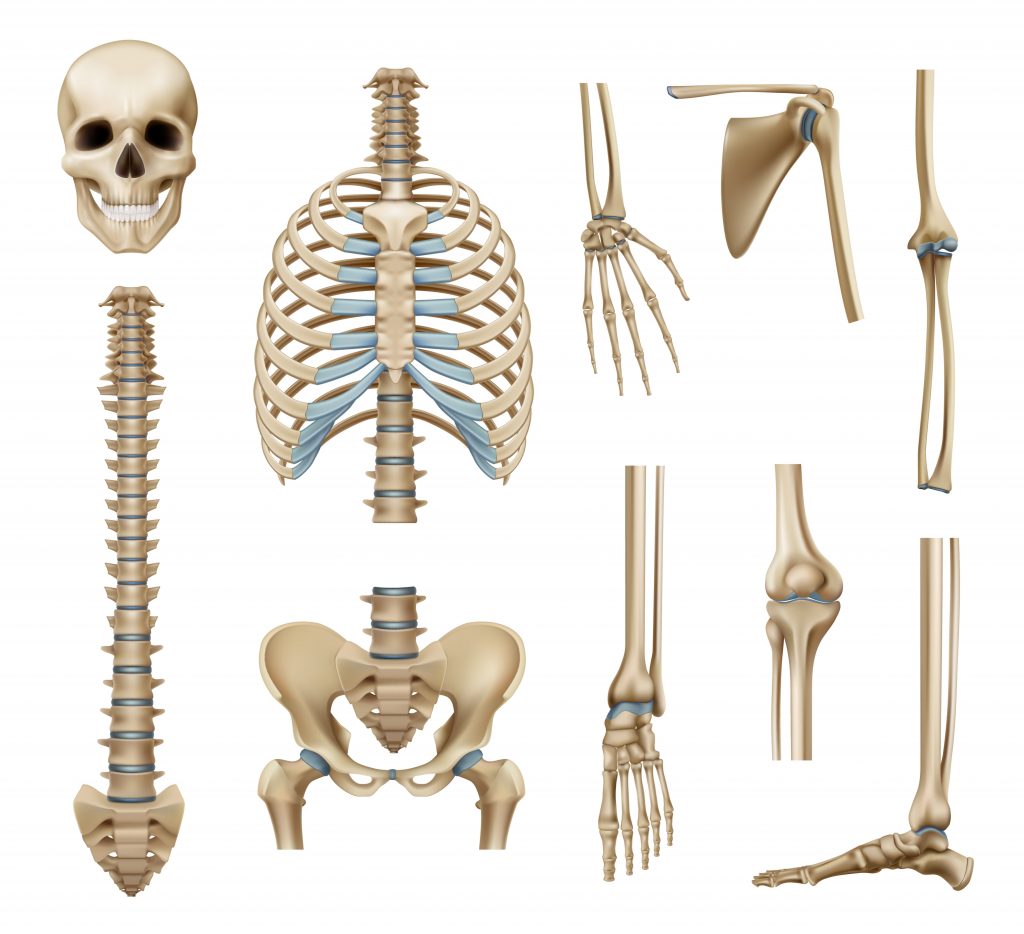
Bones have several functions:
- to provide a rigid framework for your muscles, ligaments and tendons to pull on to allow movement.
- to protect vital structures – the skull protects your brain, the spine protects your spinal cord and the ribcage protects your heart and lungs.
- to maintain blood cell turnover and storage of fats, growth factors and minerals.
The cells in bones are constantly being replaced and reorganised. This makes bone tissue exceptionally good at healing, and can repair itself in as little as 6-8 weeks.
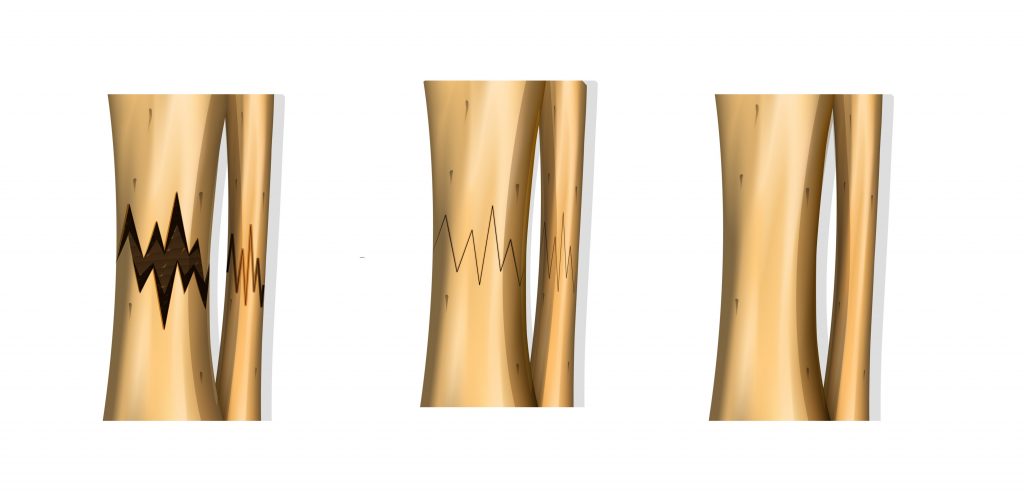
COMMON CAUSES OF BONE INJURY
Trauma
Fractures (or broken bones) are commonly caused by sporting injuries, falls and motor vehicle accidents. Fractures can cause pain, swelling, deformity and loss of function.
If you break a bone, it’s likely that you have also damaged surrounding structures like cartilage, ligaments and blood vessels. This can prolong recovery times and lead to complications. It is important to seek medical attention if you suspect you have sustained a fracture. Thorough assessment, diagnosis and treatment will ensure the best outcome.
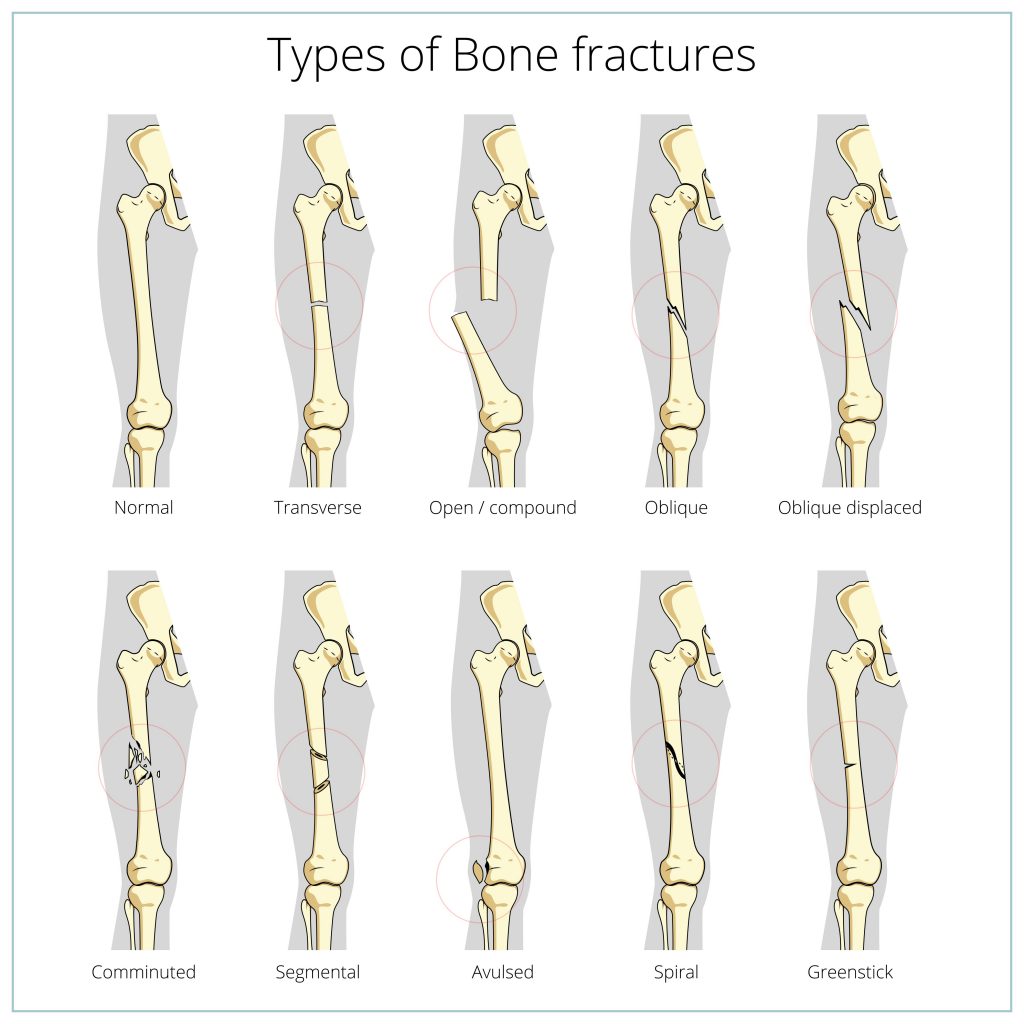
Overuse
Stress fractures are tiny cracks in the bone from repeated impact or overuse. They usually affect the lower limbs (hips, shins and feet).
Risk factors for a stress fracture are:
- Low bone density (osteoporosis)
- Menopause
- Getting back into exercise after a long break
- Sudden ‘ramping up’ in exercise routine
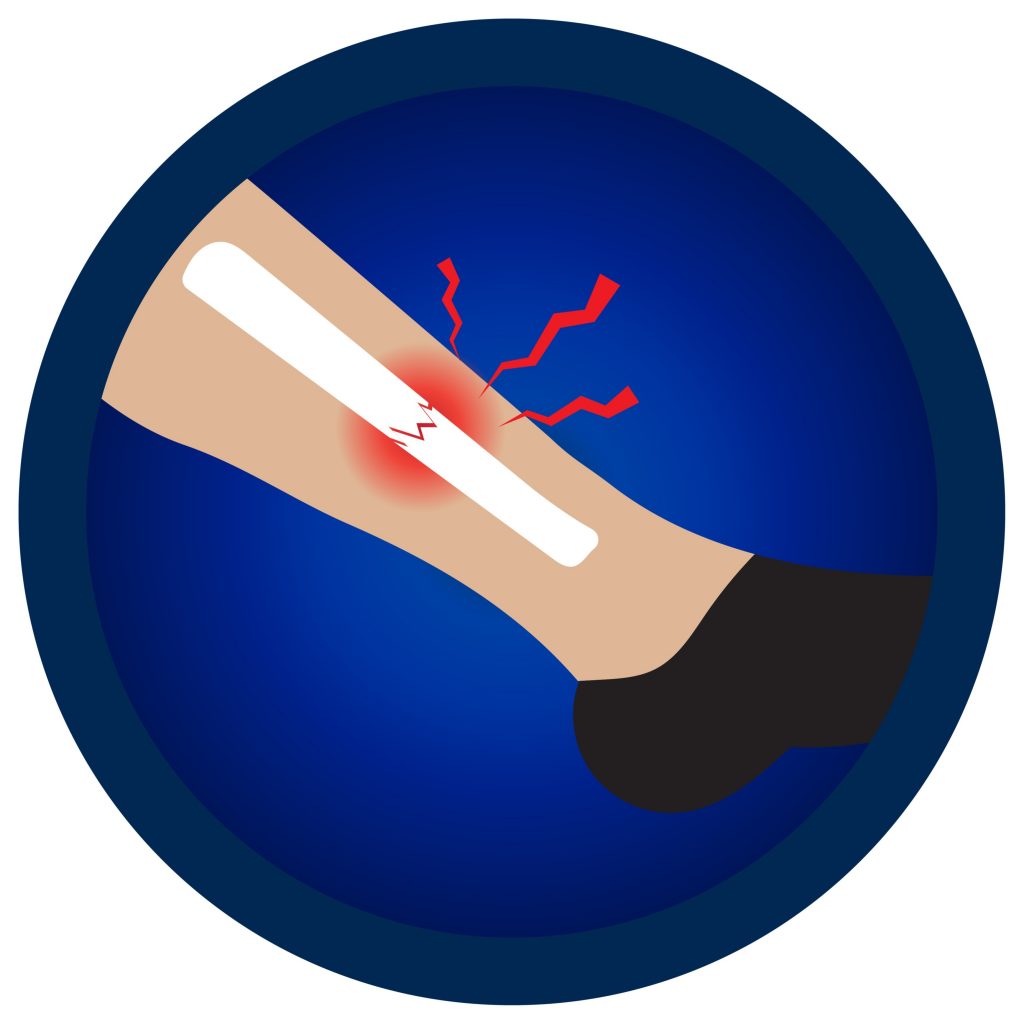
Osteoporosis
Osteoporosis is a condition where bones become less dense. This makes the bones more prone to breaking and is most commonly seen in the elderly and post-menopausal women (due to drops in oestrogen levels).
Lifestyle factors that increase the risk of Osteoporosis are:
- Alcohol
- Malnutrition
- Vitamin D deficiency
- Unhealthy diet
- Very low BMI
- Smoking
- Inactive lifestyle
- Medication use
Early screening and fracture prevention (through lifestyle modification) are important in the management of osteoporosis.
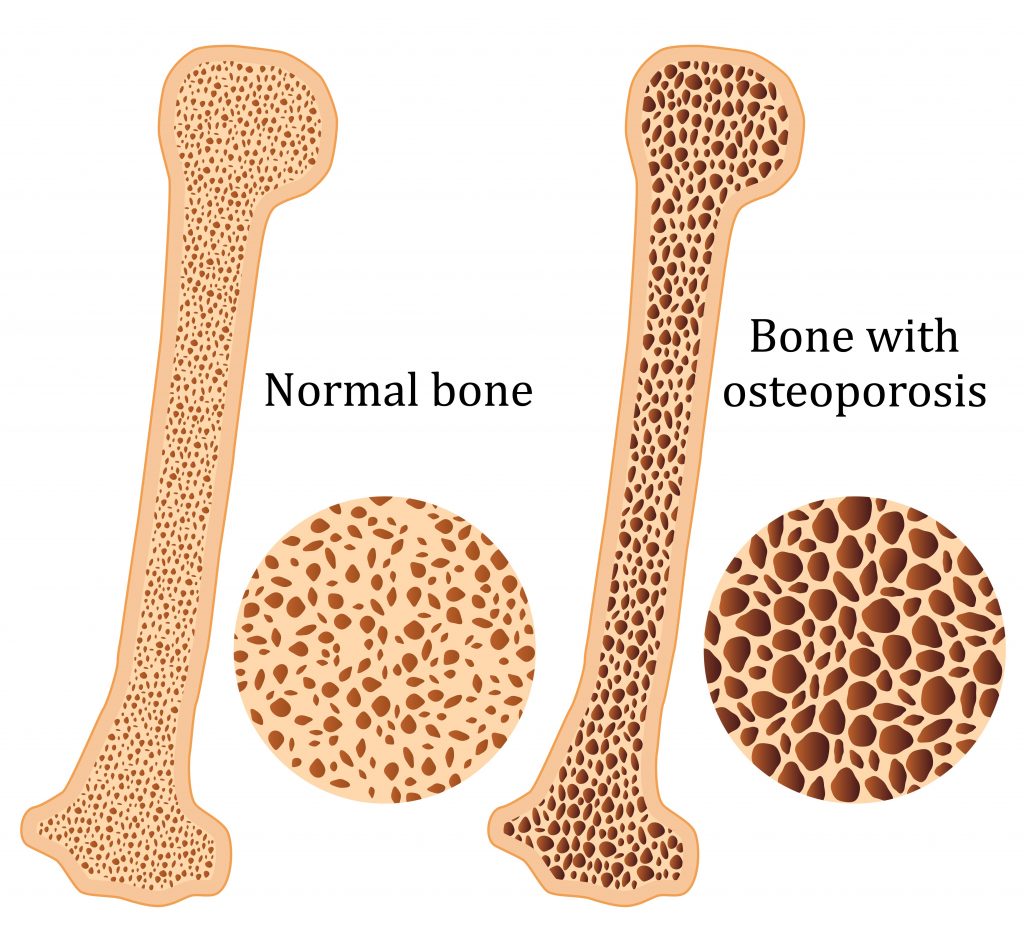
Please keep in mind the information provided is general in nature and should not be used as a substitute to consult your treating health professional. If you have any specific questions or require assistance with your individual treatment requirements please do not hesitate to contact MyFamily Physio Mona Vale, Northern Beaches Sydney.
Related Articles